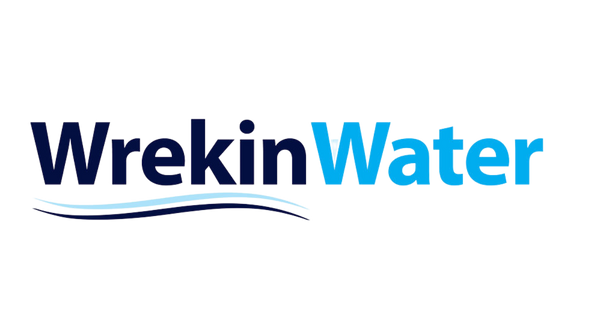Ultraviolet (UV) disinfection is a proven and highly effective method for treating drinking water, especially in private supplies. This article, based on insights from the Drinking Water Inspectorate (DWI), explores the installation, operation, and maintenance of UV disinfection systems, along with their benefits and limitations.
What is UV Disinfection?
UV disinfection uses ultraviolet light to deactivate harmful microorganisms by disrupting their DNA, rendering them incapable of reproducing. It is particularly effective against chlorine-resistant pathogens like Cryptosporidium and Giardia, making it a valuable tool in safeguarding water quality.
Key Features of UV Systems
-
Validated Equipment:
- Use only UV units specifically designed for drinking water treatment. Avoid systems intended for ponds or aquariums.
- Where possible, opt for validated units that guarantee the required level of disinfection under standard operating conditions.
-
System Design:
- UV systems typically include low-pressure mercury lamps encased in quartz sleeves, surrounded by a stainless steel or plastic reaction chamber.
- UV dose is measured in millijoules per square centimetre (mJ/cm²), with a minimum of 40 mJ/cm² generally recommended for effective disinfection.
-
Water Quality Requirements:
- Pre-filtration may be necessary to remove impurities like turbidity, colour, iron, and manganese that can interfere with UV transmission.
- Manufacturers often specify a UV transmittance (UVT) of at least 90–95% for optimal performance.
Advantages of UV Disinfection
- No Chemical By-Products: UV treatment produces no residual chemicals, ensuring water is free from by-products like trihalomethanes (THMs).
- Compact and Simple: UV units are space-efficient and relatively easy to operate.
- Effective Against Resistant Pathogens: UV is highly effective against microorganisms that chlorine struggles to eliminate, including Cryptosporidium.
Installation and Maintenance
-
Installation:
- Follow manufacturers’ guidelines for proper setup and ensure the system matches the flow rate and quality of the water supply.
- Consider systems with continuous UV intensity monitors and failsafe devices to prevent untreated water from passing through during malfunctions.
If you need expert advice on choosing or installing the right UV system for your needs, call us at 01948 710699.
-
Maintenance:
- Regularly clean and replace lamps as per the manufacturer’s recommendations. Lamp output typically decreases by about 30% after 10–12 months.
- Monitor for scaling on lamp sleeves and ensure UV monitors are functioning correctly.
- Keep a detailed maintenance log, including schedules for cleaning and replacements.
For support with UV system maintenance or troubleshooting, call us at 01948 710699.
Limitations of UV Disinfection
-
No Residual Effect:
- Unlike chlorination, UV provides no ongoing disinfection in the distribution system, requiring meticulous hygiene in storage and piping.
-
Dependence on Power:
- Systems rely on uninterrupted electricity and may need backup solutions to avoid service disruptions during power outages.
Why Choose UV Disinfection?
UV disinfection is ideal for private water supplies where chlorination may not be practical or desirable. While its lack of residual protection can be a drawback, combining UV treatment with pre-filtration and proper storage practices ensures high-quality drinking water.
For more information on UV systems or to discuss your water treatment requirements, call us at 01948 710699. Our experts are ready to assist with tailored solutions for your needs.
Conclusion
UV disinfection offers a reliable, chemical-free solution for treating drinking water, particularly in private supplies. With proper installation, regular maintenance, and adherence to guidelines, UV systems can deliver safe and clean water for residential and commercial use.
To ensure your UV system is set up and maintained correctly, call our team today at 01948 710699. We are here to help you achieve safe and reliable water quality.
